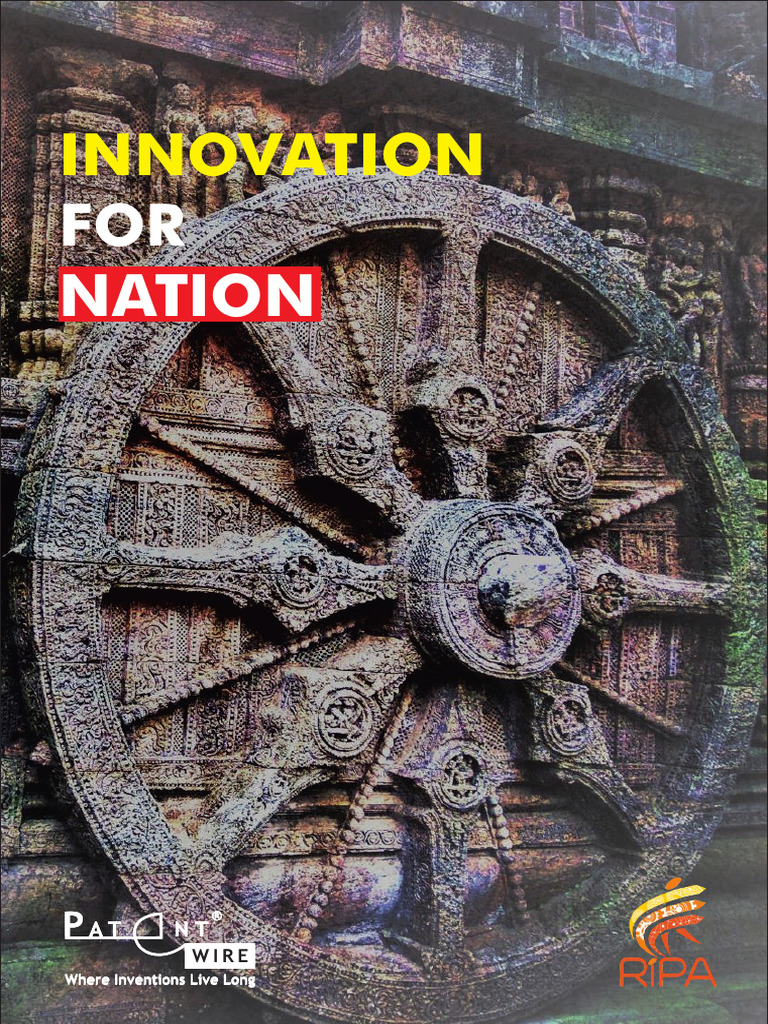
Innovation and technology are fundamentally altering national identities across the globe. From evolving cultural norms to shifting economic landscapes, these forces are reshaping the very fabric of what it means to belong to a nation. This article delves into the profound impact of innovation and technology on a nation’s identity, exploring both the potential benefits and the associated challenges. We’ll examine how digital transformations are impacting traditional values, how economic growth influences national pride, and what strategies nations can employ to navigate these changes with resilience. This discussion will cover several key areas, including the evolution of cultural expressions, the implications for economic development, and the necessary adjustments in educational systems.
The Impact of Technological Advancements on Cultural Expressions
Evolving Cultural Norms:
Technological advancements have revolutionized how cultures express themselves, interact, and transmit traditions. Social media platforms and digital communication tools have created new avenues for cultural exchange, allowing individuals to connect with people from diverse backgrounds. This interconnectedness can lead to a fusion of cultures, the spread of new ideas, and the adaptation of existing traditions. However, this exchange is not without its challenges. The rapid pace of technological change can sometimes lead to the erosion of traditional cultural values and norms, requiring adaptation for sustainable cultural identity.
The Influence of Economic Growth
Economic Interdependence and National Pride:
Innovation and technology are pivotal drivers of economic growth and global competitiveness. Nations that effectively utilize technological advancements often experience increased economic output, creating new job opportunities and enhancing their overall economic standing. This economic success frequently translates into national pride and a sense of accomplishment. However, a heavy reliance on technological advancements can inadvertently create economic disparities, widening gaps between the technologically proficient and the less technologically advanced.
Adapting Educational Systems for the Future
Redefining Education in the Digital Age:
The influx of technology necessitates a re-evaluation of educational systems. Modern education must equip individuals with the skills necessary to thrive in a rapidly evolving digital landscape. This includes fostering critical thinking, problem-solving abilities, and adaptability to emerging technologies. Educators must incorporate technology into teaching methods, encouraging a more interactive and hands-on learning approach.
Navigating the Challenges of Cultural Preservation
Balancing Tradition and Progress:
Technological advancements present both opportunities and challenges to preserving cultural heritage. While technology facilitates wider access to cultural information, it also raises concerns about authenticity and the potential for the dilution of traditional values. Striking a balance between preserving cultural heritage and embracing progress is paramount.
Case Studies and Real-world Examples
South Korea’s Digital Transformation:
South Korea exemplifies how rapid technological advancements can significantly impact a nation’s economic and cultural landscape. Its strong emphasis on technological innovation has transformed its economy, positioning it as a global leader in technology and creating a powerful national identity centered around technology.
Strategies for Effective National Identity Management
Fostering Dialogue and Critical Thinking:
Effective strategies for managing national identity in the face of technological advancements require a focus on fostering dialogue and encouraging critical thinking among citizens. Active engagement through public forums, community discussions, and educational initiatives can help citizens understand the impact of technology and innovation on national identity.
Global Trends and Comparative Analysis
How other nations are approaching technological transformations:
Understanding how other nations approach technological transformations can offer valuable insights for national identity management. Examining successful strategies and potential pitfalls in various global contexts can aid in developing effective and adaptive national policies.
Frequently Asked Questions
How does innovation affect national identity in the long term?
Innovation often leads to evolving cultural expressions and shifts in societal values. While technology can foster cultural exchange, it can also challenge traditional norms. The long-term effect is a dynamic process of adaptation and change, potentially creating a more diverse and inclusive national identity, but one that may be difficult to define with precision. Ultimately, successful adaptation depends on how societies navigate these changes, recognizing both potential benefits and associated challenges.
What are the potential geopolitical implications of technological advancement?
Rapid technological advancement can lead to both cooperation and competition among nations, creating new geopolitical landscapes. Nations often engage in strategic partnerships to improve their overall economic and security positions while competing to establish technological supremacy, raising concerns about the future of global power dynamics and international relations. These factors could affect national security, economic prosperity, and overall international standing.
In conclusion, innovation and technology are undeniably reshaping national identities. By fostering dialogue, encouraging critical thinking, and adapting educational systems, nations can harness the positive potential of these forces to forge a stronger and more unified identity that embraces the best of the past while preparing for the future. The key is embracing these advancements with a vision of inclusivity, equality, and a forward-looking approach to societal progress. To learn more, explore our resources on the evolution of national identity and the transformative power of technology! Click here to view our related resources and articles.